When you encounter the error message “ping request could not find host, please check the name and try again,” it indicates a problem in reaching a specific hostname on a network. This issue can be confusing, especially when the network seems to be functioning correctly for other tasks. Understanding the root cause of this problem is essential for effective troubleshooting. The error can arise from various sources, including DNS server issues, incorrect system settings, or network configuration problems. This article will guide you through a comprehensive approach to diagnose and resolve this issue.
Also see: How to Ping IPv6 Address in Windows 11
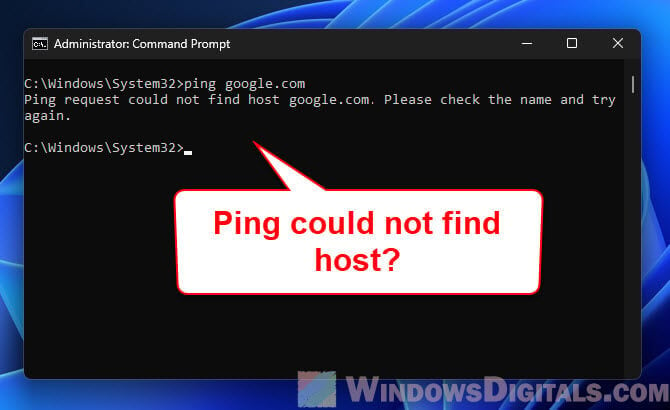
Checking DNS server settings
One of the first steps in troubleshooting the “ping request could not find host” error is to verify the DNS (Domain Name System) server settings. Your computer uses DNS servers to translate domain names like “google.com” into IP addresses. If there’s an issue with these settings, your computer might not be able to resolve these names, leading to the error.
To check your DNS server settings, follow these steps:
- Open Command Prompt.
- In the Command Prompt, type
ipconfig /alland press Enter. This command displays detailed network configuration information for all your network adapters. - In the output, locate the section for your active network adapter. Look for the “DNS Servers” line. The listed addresses are your current DNS servers.
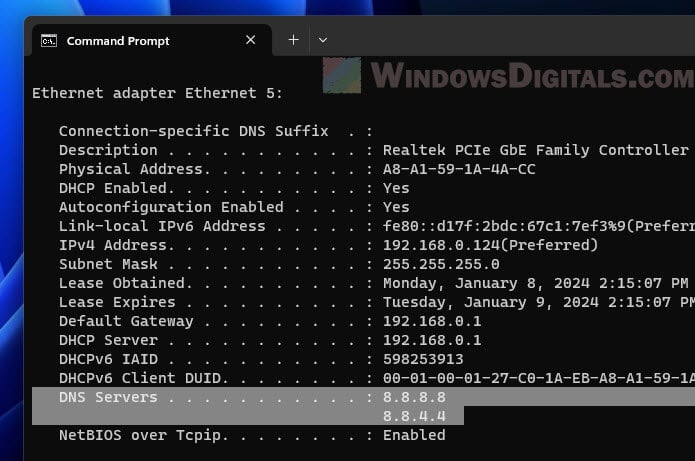
If the DNS servers listed are incorrect, or if you suspect they might be causing the issue, consider changing them to a public DNS service like Google DNS (8.8.8.8 and 8.8.4.4) or another reliable DNS provider.
Suggested read: DNS Servers to Unblock Websites and Possibly Everything
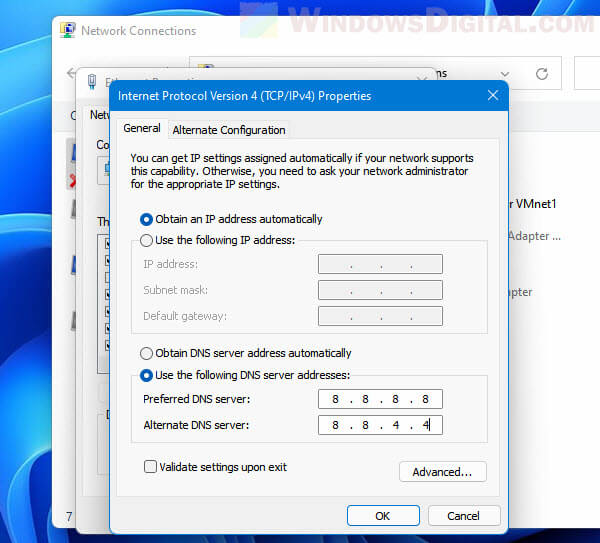
Examining the hosts file
Another potential cause of the “ping request could not find host” error could be an incorrect entry in the hosts file of your operating system. The hosts file is used to map hostnames to IP addresses manually. If this file is improperly configured or contains incorrect entries, it might lead to issues in resolving specific hostnames.
To check and reset the hosts file:
- The hosts file is typically found at
C:WINDOWSsystem32driversetchostson Windows systems. - Open the file using a text editor like Notepad. You might need administrator privileges to edit this file.
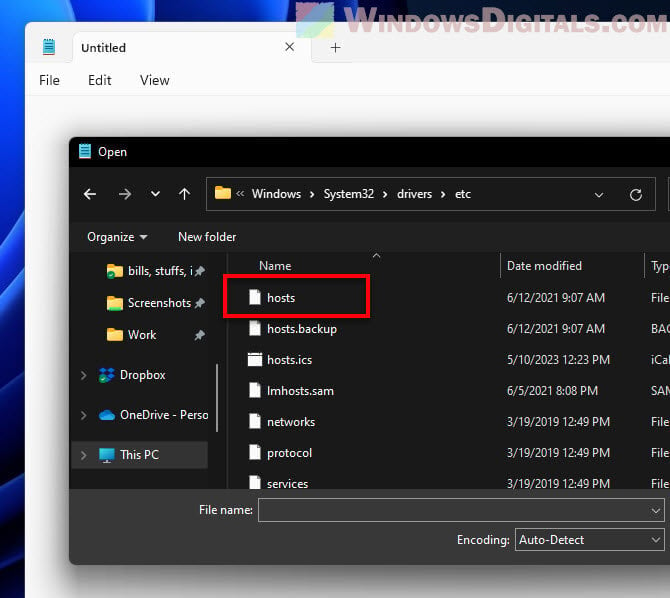
- Look for any entries that might be causing the issue. By default, this file should have very few entries, mainly examples or commented-out lines (lines starting with
#).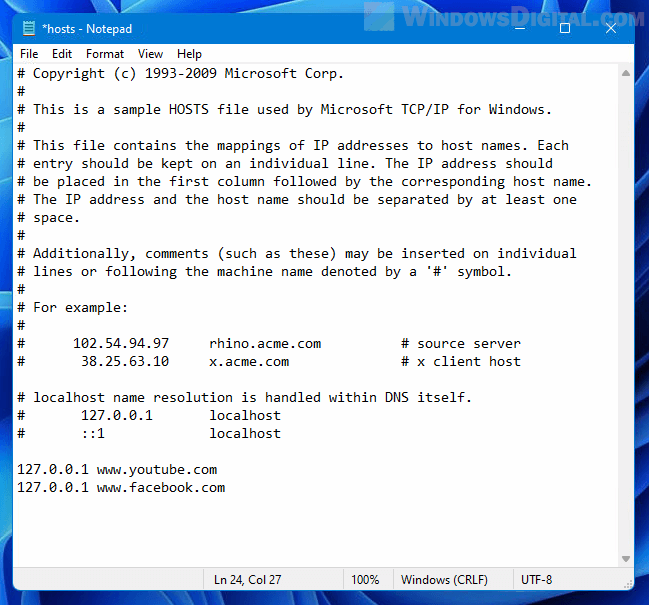
- If you find entries that are not default and you suspect they are causing problems, you can reset the file. To do this, you can delete the non-default entries and save the file, or replace it with a default hosts file from a trusted source. Please make a backup of the original hosts file before making changes, so you can restore it if needed later.
Please note that modifying the hosts file can affect how your computer accesses certain websites and network services, so proceed with caution.
Similar problem: “PING: transmit failed. General failure” Windows 11
Using NSLookup to diagnose DNS issues
If the “ping request could not find host” error persists, a useful tool to further diagnose DNS resolution issues is nslookup. This command-line tool helps you query DNS servers to find out the IP addresses associated with a hostname. By using nslookup, you can determine whether the DNS server is able to resolve the hostname in question.
Here’s how to use nslookup:
- Open Command Prompt.
- In the Command Prompt, type
nslookup google.com(or the host you are trying to reach) and press Enter. - The output will show the DNS query results for the hostname. If the DNS resolution is successful, it will display the IP address of the hostname. If it fails, the problem likely lies with the DNS server or the DNS configuration on your system.
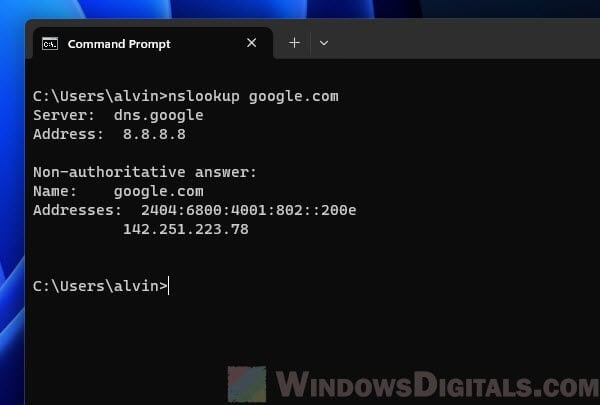
If nslookup is able to resolve the hostname but ping cannot, this suggests that the issue might not be with the DNS server itself but possibly with how the ping command is functioning on your system.
Linked issue: Nslookup.exe keeps popping up, uses high CPU, is it virus?
Checking browser proxy settings and add-ons
In some cases, the issue might not be with the DNS or the hosts file, but with specific network settings in your web browser, particularly if you can access websites normally but command-line tools like ping are failing. This discrepancy can often be caused by proxy settings or add-ons that affect network traffic.
Check browser proxy settings:
- Open your browser’s settings or preferences.
- Navigate to the network or connection settings section.
- Look for options labeled as “Proxy” or “Network Proxy”.
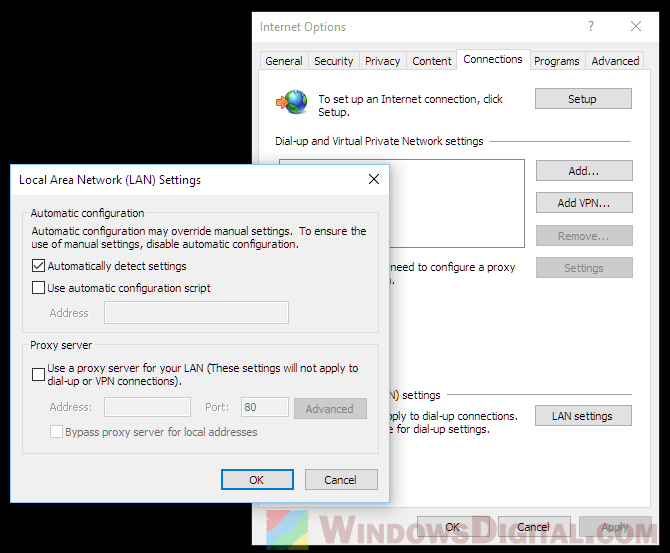
- If a proxy is set, it may be redirecting network requests in a way that interferes with the ping command.
Disable proxy if necessary:
- If you find that a proxy is enabled and you do not require it for your internet connection, try disabling it and then attempt to use the ping command again.
Learn more: How to Disable Proxy Settings in Windows 11/10 Permanently
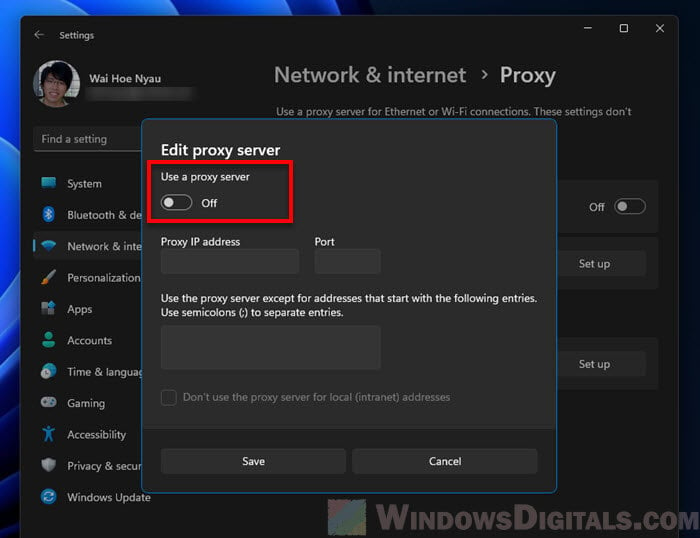
Inspect browser add-ons or extensions:
- Sometimes, browser extensions can affect network connectivity or DNS resolution.
- Check the installed extensions and disable any that might interfere with network requests or DNS resolution.
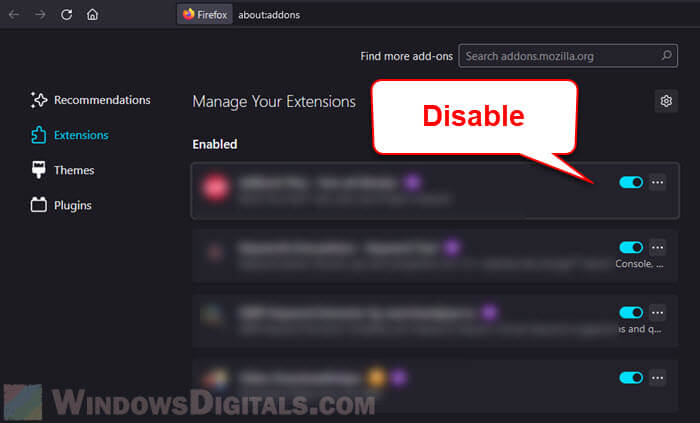
By ensuring that your browser settings are correctly configured and that no interfering add-ons are active, you can eliminate these factors as the cause of the “ping request could not find host” error.
Related resource: Ping IPv4 Address Instead of IPv6 in Windows 11/10 CMD
Checking firewall and antivirus settings
Firewalls and antivirus software are essential for securing your computer, but sometimes they can interfere with network operations, including the ping command. If your firewall or antivirus is blocking ping requests or restricting network traffic, it could result in the “ping request could not find host” error.
Review firewall settings:
- Access the firewall settings on your computer. This can usually be done through the Control Panel or system settings.
- Look for any rules that might block ICMP (Internet Control Message Protocol), which is used by the ping command.
- If you find such rules, temporarily disable them to test if this resolves the issue.
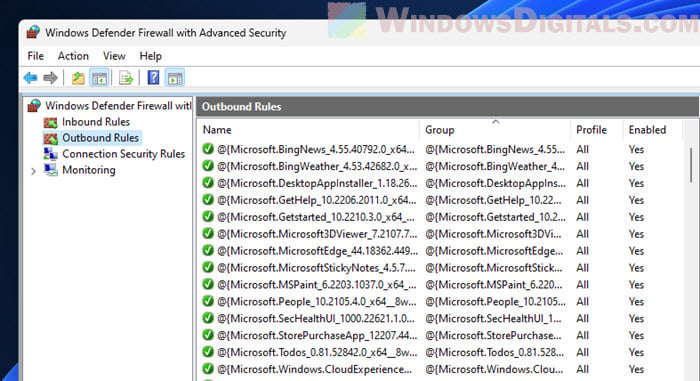
Examine antivirus network settings:
- Open your antivirus software.
- Navigate to the network protection or firewall section.
- Check if the antivirus is set to block certain types of network traffic or specific applications like the command prompt.
- Temporarily disable these settings or create an exception for ICMP traffic and test the ping command again.

Note that disabling firewall or antivirus protections can make your system vulnerable, so ensure your network is secure and re-enable these protections as soon as you finish testing.
Ping request could not find host raspberrypi.local
If you’re experiencing the “ping request could not find host” error while trying to reach local network hostnames, such as raspberrypi.local, the issue might be related to local DNS resolution or network configuration.
Check local DNS services:
Ensure that your local network has a DNS server that can resolve local hostnames. This is often managed by your router or a dedicated server.
If you’re using multicast DNS (mDNS) for local hostname resolution (common in home networks), ensure that the service (like Apple’s Bonjour or Avahi in Linux) is running properly on both your computer and the target device.
Verify network configuration:
Make sure that both your computer and the target device (e.g., Raspberry Pi) are on the same local network and subnet. Check the network settings on both devices, ensuring that they are configured to use the correct local DNS server if applicable.
Check the hostname configuration:
On the target device (like Raspberry Pi), verify that its hostname is correctly set and recognized by the network. For devices using mDNS, the .local suffix is important for proper resolution.
Ping request could not find host but nslookup works
Sometimes you might encounter a situation where the nslookup command successfully resolves a hostname, but the ping command still fails with the error “ping request could not find host.” This scenario indicates that while DNS resolution is working (as proven by nslookup), the system’s method of resolving names for other operations like ping is failing.
Check system’s DNS cache:
Sometimes, the local DNS cache might have incorrect or outdated entries. You can clear the cache by running ipconfig /flushdns in the Command Prompt. After flushing the DNS cache, try the ping command again.
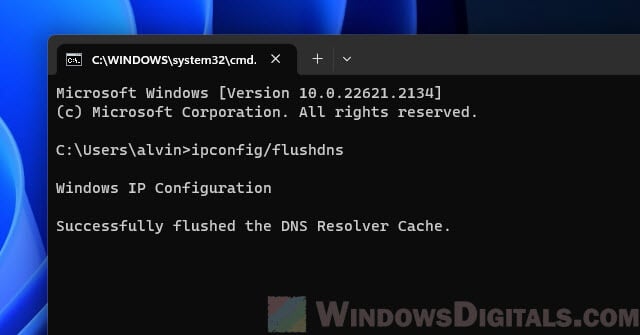
Examine network adapter settings:
Check your network adapter settings to ensure that it is configured to use the correct DNS servers. Sometimes, different network profiles (like Wi-Fi and Ethernet) might have different DNS configurations.
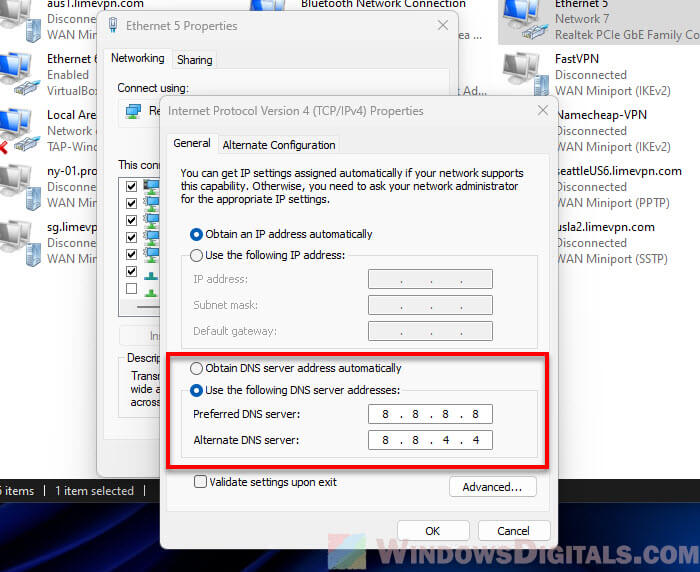
Resetting the network adapter can also help. You can disable and then re-enable the network adapter from the Control Panel or system settings.
Look for system-level issues:
If the issue persists, it might be due to system-level problems, such as corrupted network configuration files or a malfunctioning network service.
Running a system file check (using the command sfc /scannow) or resetting network settings to their defaults could help resolve these issues.
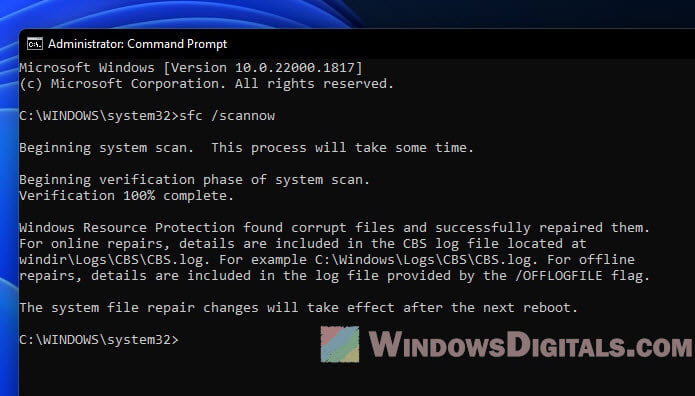
Ping request could not find host packet tracer
When dealing with “ping request could not find host” errors in network simulation environments like Cisco’s Packet Tracer, the approach is slightly different as you’re working within a simulated network environment. Here are steps to address ping issues in such tools.
Verify network configuration in simulation:
Ensure that all devices in your Packet Tracer simulation are correctly configured. This includes checking IP addresses, subnet masks, gateway settings, and DNS server assignments.
Pay special attention to the configuration of routers and switches, as they play a crucial role in network traffic routing and DNS forwarding.
Check connectivity and link status:
In Packet Tracer, use simulation tools to check the status of links between devices. Ensure that all cables are correctly connected and that interfaces are up and operational.
Use simulation commands to test connectivity between devices, such as traceroute or ping from simulated terminal interfaces.
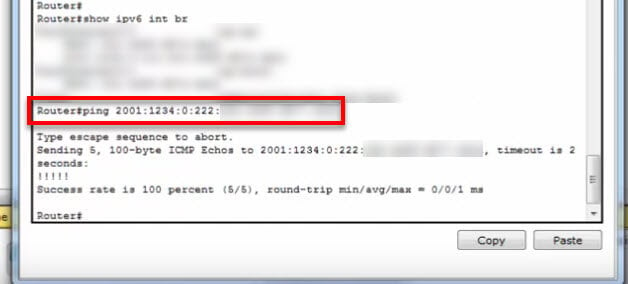
Examine DNS server and services in simulation:
If your simulation includes DNS servers, ensure they are correctly configured and operational. Check the DNS service configuration and ensure that it correctly resolves the hostnames used in your ping commands.
Review simulation logs and output:
Packet Tracer provides logs and output panels that can give you insights into the operations and issues within the simulated network. Review these logs for any error messages or indicators that could point to the cause of the ping failure.
Summing things up
The issue of “ping request could not find host” is commonly caused by misconfigurations or issues related to DNS (Domain Name System) settings, local network configurations, and occasionally, firewall or antivirus interference. Most users successfully resolve this problem by first checking their DNS settings, ensuring they are correct and functioning. This often involves verifying the DNS entries in the network settings, clearing the DNS cache, or even switching to a public DNS server for more reliable service.
Another common solution is to examine the hosts file in the system to ensure there are no erroneous entries blocking the hostname resolution. Additionally, users often find that disabling overly restrictive firewall or antivirus settings can immediately fix the issue. In short, resolving this error typically involves an approach of checking each potential cause, starting from the most common (like DNS settings) to the more complex (like network simulation configurations), until the problem is identified and corrected.
